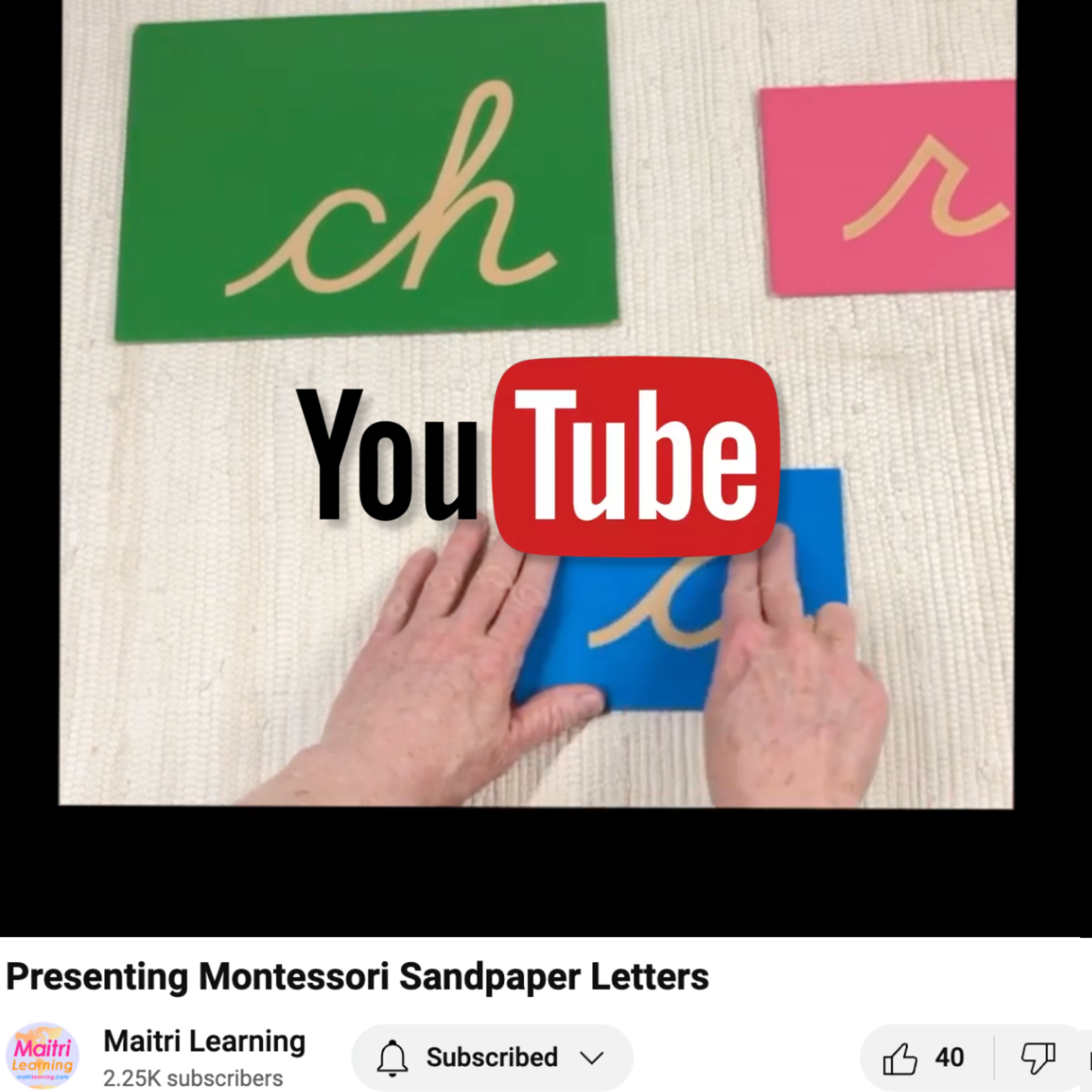Public School Practical Life: Breakfast as Snack

The benefits of this new procedure are that:
- The work cycle starts right at 8:30. There is no need to wait for late children.
- The work cycle is uninterrupted (no more morning meeting, just a closing circle).
- Every child still gets to have food early in the morning (the hungriest ones will choose it first) and they can eat it as quickly or as slowly as is appropriate for them.
- Children get to sit at a table, relax and chat while eating rather than eating en masse on the carpet.
- The fruit is also used for practical life food preparation activities.
Interested? Read on!
Step 1: Make sure your administration is okay with this new procedure
Read this whole article and think through the process and how it will work in your building. Next, bring a print out of this article to your administrator and make sure s/he is on board. Then, start setting up!
Step 2: Set up your shelves and snack table
Each morning, the cafeteria staff brings up two insulated bins (red and blue in the pictures) with miscellaneous breakfast items in them such as bagels with little cream cheese packets, individual cereal containers, individual milk/OJ cartons, hot pancakes, etc. They also bring up one bag with fresh fruit. So, we put three practical life shelves together so that snack service could fit all along the top shelf. When the cafeteria staff comes to collect the bins at 10:20, the shelves have empty space where the red and blue bins were. Children can still have fruit until the morning work cycle ends.


Step 3: Prepare snack with the children each morning
Once the snack is brought up each morning, an adult can work with the children to get it ready. You can give lessons on how to:
- Unzip the insulated bags and tuck their handles under the edges
- Dampen the sponges
- Layout the snack name cards
- Place the placemats on the snack table
- Unload the fruit bag into the fruit basket
- Place the bagged plastic utensils into the utensil's basket
Remember that children love the adult. Inviting them to do this work with you each morning will bring them joy and ease them towards independence. Think of it as the adult's responsibility to get snack set out but you may have helpers some days that do it all or partially without your help.
 Step 4: Give lessons to each child on the snack procedure
Step 4: Give lessons to each child on the snack procedure
To have snack, step one is to wash your hands. Step two is to find your name card and put it in the special name card holder on the snack table (not pictured). Next, get a blue basket and place it in the empty space between the red and blue bins. This leaves the child's hands free so s/he can collect items from the red bin and put them in her blue basket. Next, pick up their tray and place it between the blue bin and the fruit basket. They then add their blue bin items and a piece of fruit to their basket. A pair of scissors is available in case they need to cut open any of the packaging (definitely recommended for those little, squirty cream cheese packets).
Now their basket is full and they are ready to go to the snack table. Show them how to place their basket just to the left of their placemat, graciously set their items out on their placemat, and enjoy snack! When they're done, they can load their items into their basket and bring them to the trash/recycling/compost. We do not recommend that you show the children to dump their basket contents into the trash because this ends up with a few baskets joining the trash in the landfill. Instead, present how to take out each item and place it where it belongs (like emptying milk in the sink before discarding the carton).
The final steps are to place your used basket into the dirty dishes bin, place your used cloth napkin into the dirty laundry bin, and place your name tag in the "I've had snack" name card container. If the table is untidy, use the sponge on the snack shelf to wipe it up. You can also show them how to pick up their placemat by the corners and carry it to the trash and shake it out if necessary. If a placemat gets dirty, show them how to place it with the dirty laundry and get a new one from the cloth supply shelves.
Food preparation work
We created several food preparation set-ups that would be ready to pull out whenever breakfast includes fresh fruit or bagels with cream cheese. These are housed on the shelf just beneath where the red and blue bins go. These setups would typically be stashed in a cabinet under the sink but ready to be pulled out and placed on the shelves depending on what arrives with the food. We created set ups for apple slicing, orange juicing, banana cutting, and spreading cream cheese on a bagel. Since the cafeteria will only send up apples, oranges, or bananas, we only need room on the shelf for one fruit preparation activity. Since bagels with cream cheese could come any day, we always leave space for that set up. If those items don't come, the shelf is just left empty. No problem.
What do you think? Do you have a public school breakfast procedure that works well without taking time from the work cycle? Other ideas? Add a comment below and tell us about it!

 Step 4: Give lessons to each child on the snack procedure
Step 4: Give lessons to each child on the snack procedure






Leave a comment
This site is protected by hCaptcha and the hCaptcha Privacy Policy and Terms of Service apply.